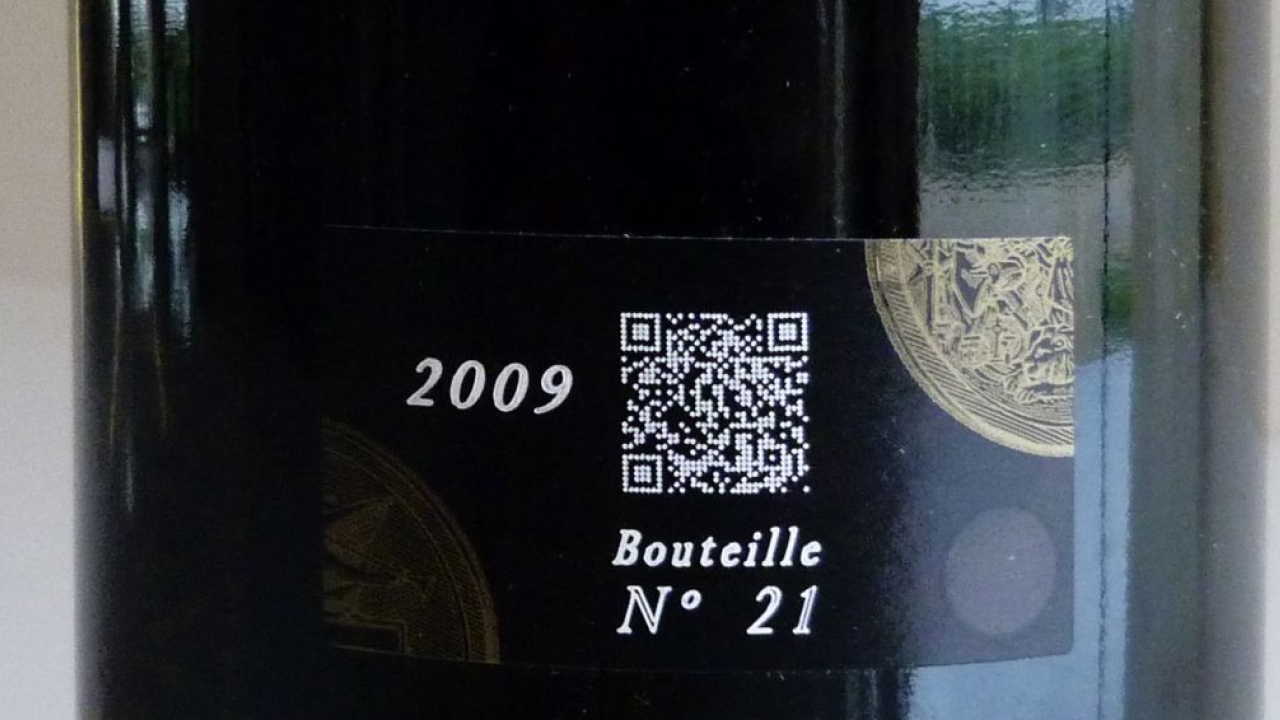Wine producer installs Domino D-Series

Vintage wine producer Château Cheval Blanc has installed the new Domino D-Series laser, including enhancements to its coding, marking and labeling systems, to improve traceability and deter counterfeiting of its wine.
Based in the vineyards of Saint-Émilion, France, Château Cheval Blanc has been designated a Premier Grand Cru Classe A, the highest classification level for Saint-Émilion wine.
Pierre Olivier Clouet, technical director, said: ‘Naturally, given the value and prestige of our wine, it is important to guarantee its authenticity and to be able to trace each bottle throughout its long life. We therefore needed a more flexible coding and labeling solution that could deliver durable product identification and traceable codes while maintaining the aesthetic qualities of our distinctive wine labels.’
The D-Series laser was added to a new bottling line at the Château’s winery, and is equipped with software linked to an integrated database by Domino partner Arjowiggins Security. It is said to mark clear and durable identification onto glass and paper substrates and fits seamless into the bottling production line. As well as manage and deliver a range of text, 1D and 2D datamatrix and alphanumeric coding and logos.
The compact scribing laser has an adjustable scan head and can produce unlimited lines of text in any orientation, in many fonts and graphics.
With the Domino D-Series scribing laser now installed, the Château’s glass wine bottles are marked with a data matrix and engraved with an alphanumeric code indicating the type of wine along with its bottling date. The laser also delivers notification of the vintage (in words), the number of the bottle and a QR code on the bottle’s back label.
When scanned by the customer, the QR code identifies the number of the individual bottle and directs them to the Château Cheval Blanc website. Other data can be included to authenticate the bottle, locate its owner and follow its movements from the point at which it is bottled. The QR code is also used for other marketing purposes by the wine producer, which includes creating closer links with the end customer.
A specific IT tool was also developed for managing the serialization of the wine bottles codes, which records the data of the last code printed to ensure there is no duplication or missing numbers when production is restarted, further addressing the threat of counterfeiting.
To complete the bottling process, the wine bottles are packed in cases of one, two, three or six on which the vintage is laser-scribed using the Château’s original Domino DSL 55 laser. This laser also marks any wine bottle larger in size than a magnum as well as any bottles that are returned to the Château for re-labeling, once verified as authentic.
Clouet added: ‘This packaging solution meets all of our requirements in terms of product identification onto multiple substrates while at the same time, maintaining the elegance of the wine bottle and the aesthetics of our product label and reassuring customers that they are buying an authentic product.’
Pictured: The QR code identifies the number of the individual bottle
Stay up to date
Subscribe to the free Label News newsletter and receive the latest content every week. We'll never share your email address.

